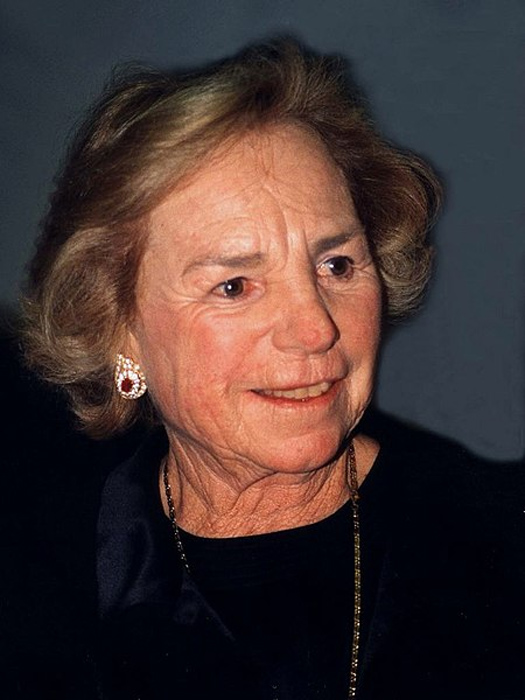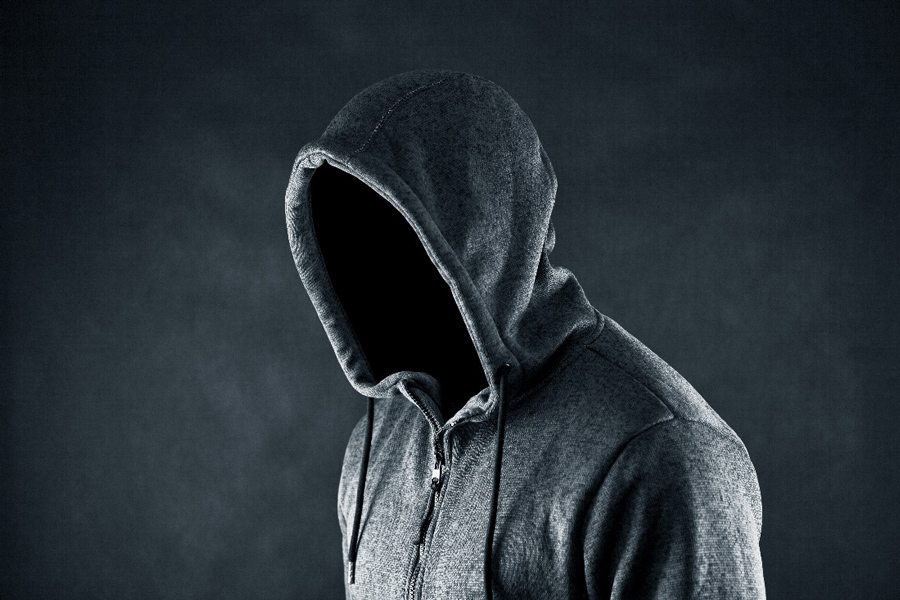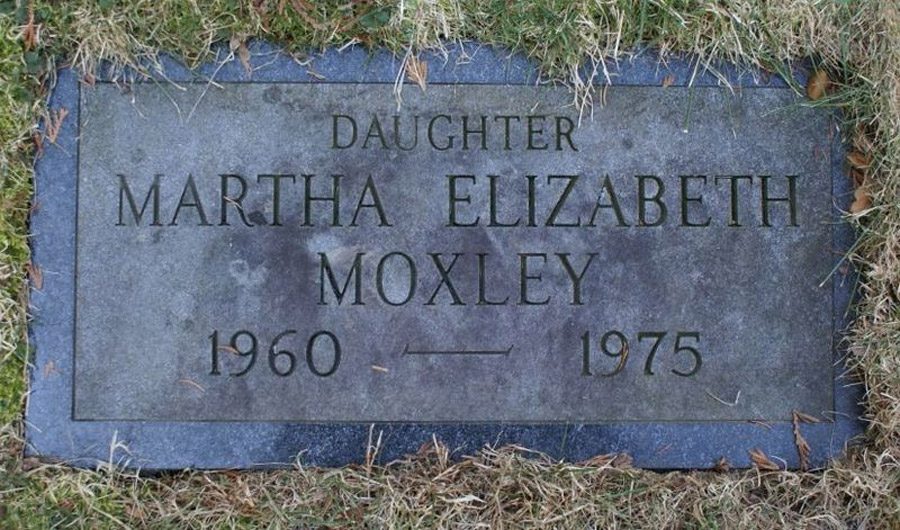On the night before Halloween 1975, a teenager died in Greenwich, Connecticut. Martha Moxley’s murder however was unusual, and in their attempts to uncover the murderer, the police would face some very unusual problems.
For the investigators believed that the murderer belonged to the wealthy, gated community of Belle Haven, where the Moxley family lived. Many people believed that two young men living close to the Moxley home committed the murder.
However, in proving this, the police would encounter a world of privilege and wealth, a world which would go to extraordinary lengths to protect one of its own. And in the background loomed one of the most powerful dynasties in the United States: the Kennedys.
The murder would go on to become the most talked about murder of the 70s, a murder which remains officially unsolved. What happened on the night of October 30, 1975? How did Martha Moxley die, and who killed her?
A Murder is Committed
On October 30, 1975, everything was as normal as it could be at the Moxley’s house. On October 30, fifteen-year-old Martha Moxley had accompanied some of her friends for a spree of Halloween pranks.
However, when Martha failed to return home that evening, a frantic search began for her. The entire neighborhood joined the search, hoping that some accident had kept her away from home but fearing the worst.
But nobody saw Martha alive, ever again. The next day, on Halloween, a friend of Martha discovered her body under a tree near the family’s backyard

Sheila, her friend, rushed back to Martha’s family and informed them of what she had found. The sudden death of the teenager stunned the neighbors, and everyone believed that someone outside of the community had committed the murder.
However, investigators thought otherwise. Their conclusions, based on the crime scene and timeline, were that the murderer could only have come from within the community, and that Martha was killed by someone who lived close to her home.
The Evidence
From evidence gathered at the scene, it looked like Martha had been dragged from her backyard before being killed nearby. Her lower garments were pulled down to her knees, but police concluded there was no sign of any sexual assault.
The teenager had been struck multiple times by a golf club, causing severe injuries to her head. The head of the golf club was found on her driveway, a short distance away from the yard.
The autopsy revealed that she was also stabbed in her neck with something sharp, and the police believed that the shaft of the golf club was used to stab her. However, when the shaft of the golf club was found, it was nowhere near the murder scene.

The golf club head belonged to the Skakel family, who lived across the street from the Moxley House. The Skakel family had powerful connections with the Kennedy family and held a lot of influence. But, since the golf club belonged to them, the police focused their investigation on the Skakel family.
- Abby Williams and Libby German: The Girls Who Filmed Their Murderer
- Who Killed Sophie Toscan Du Plantier? A Murder In West Cork
When questioned, 15-year-old Michael Skakel and 17-year-old Thomas Skakel admitted that they were with Martha just before her time of death. Thomas Skakel was the last person to see her alive.
Conflicting Stories
Thomas told the police that on the night of October 30, 1975, Martha, Thomas, Michael, and two of their other friends sat in their car to listen to music. Later, the older Skakel brothers came and took the car as they needed to give their cousin a lift.
At around 9:30 PM, Martha also left for home, and Thomas left to work on a paper due at his school. Michael Skakel told the police that he went with his older brothers to drop their cousin home.
However, it was found that no paper was due at the school Thomas studied at. This cast doubt on the story given by the Skakel brothers.
Other suspects were also being identified, such as Skakels’ tutor Kenneth Littleton. Littleton had moved into the Skakel house on the morning of October 30, 1975. Littleton denied being part of the murder, saying he was watching television all night.
He said he was inside the Skakel House till 9:45 PM that night. Then, at the request of the Skakel housekeeper, the tutor had gone out to check the perimeter of the house.
Before going outside, he checked on the Skakel sons and noted that Thomas, Michael, and their two older brothers were not home. The tutor also said that it was only around 10:25 PM that Thomas returned home, and the rest of the children returned in the next half an hour.
This revelation put Thomas under the magnifying glass because he said he was back home by 9:30 PM. Thomas sat through polygraph tests, failing the first but passing the second one.
No Quick Answers
Over time, some 200 people were questioned about the murder circumstances. However, no arrests were made, and after a few months, the Skakel family stopped cooperating with the police. This sowed the seeds of suspicion that the Skakel brothers were somehow involved in the murder of Martha Moxley.
In 1976, the Moxley case focused on Littleton as a suspect. Littleton was questioned and also put through a polygraph test. While Littleton failed the polygraph however, he was not arrested due to inconclusive evidence. After a year of unsuccessful investigation, the Moxley case was declared inactive.
However, with time the case was re-evaluated. Although the Skakel family continued to refuse to cooperate with the police, new DNA evaluation and investigation technology revealed new details.
The new findings made by Dr Henry Lee, an experienced forensic expert, shifted the suspicion away from Thomas and on to Michael Skakel. Michael’s pair of pants and shoes were found in the garbage found from Skakel’s house that night. Martha’s hair was also found on them.
From further investigations, Dr Lee re-assessed the crime scene and autopsy, and established that Martha’s murder was sexually motivated. The murderer seemed to have killed the teenager in a fit of rage, and the crime was one of passion.
Although the murder remained officially unsolved, as the years went by suspicion continued to surround the Skakel family. Finally, twenty years after the murder, Rushton Skakel, the Skakel brothers’ father, hired private investigators to know the truth and clear out his family name.
However, Thomas and Michael Skakel now presented a new description of what had happened that evening, the latest of several versions of events provided by the brothers. Thomas now claimed that he went back out again after 9:30 PM to spend time with Martha. He also claimed that Martha had engaged in a sexual act with him.

He then left her at 9:50 PM. However, on the night of Martha’s disappearance, Thomas had said that he last saw her at 9:30 PM before coming home, omitting this additional meeting entirely.
His statement at that time, even before Martha was discovered dead, does not match with his changed story. These changing stories at a crucial point in the timeline left a lot of room for doubt. Suspicions deepened even further when it was later found out that Martha may have rejected the sexual advances of Thomas that night.
Michael Skakel also said that he went to the Moxley house around midnight and threw stones at Martha’s window to wake her up. If true, this means that Michael did not know that Martha was missing, despite much of the neighborhood searching for her.
But this also means that Michael passed the crime scene. He admitted to hearing some noises but not seeing anything. Both the brothers’ new testimony seemed unbelievable and changed the outlook towards the case.
Arrest, Trial and Conviction…?
In 2000, after a review of the case, an arrest was finally made for the murder. Michael Skalel’s trial began in 2002, and included some bizarre testimony from Michael about masturbating in a tree near the Moxley family home that night – possibly the same tree that Martha was lying under.
Michael was found guilty of the murder and sentenced to prison. But the story did not stop there, as the Kennedy family stepped in. Robert Kennedy Jr, nephew of ex-President John F Kennedy, wrote an op-ed the next year titled “A Miscarriage of Justice” criticizing the verdict.
Michael continued to protest his innocence and appealed the verdict. The Connecticut courts confirmed his conviction in 2006 and rejected his request for a new trial in 2007. This last was upheld by the Connecticut Supreme Court in 2010.
Finally, in 2013, a retrial was granted as Michael was judged to have been inadequately defended in his initial trial. This new judgement was overturned in 2016 and then reinstated in 2018. And with the prosecutors declining to retry the case in 2020, Michael was a free man.
Conclusion
So, who killed Martha Moxley? Was it Michael, who had Martha’s hair on his clothes and who admitted to roaming around in the middle of the night? Was it Thomas, who was caught in a lie by his tutor Littleton as to his whereabouts that evening, who admitted to a sexual encounter with Martha that night, and who changed his testimony?

Was it Littleton, who by his own confession was walking alone at the exact time that Martha went missing? Or was it someone completely different, a crime of opportunity?
Although the Martha Moxley case remains unresolved, police still suspect that either one or both of the Skakel brothers committed the crime, or the two know something decisive about the murder of Martha Moxley.
Top Image: Did Michael Skakel kill Martha Moxley, or did an innocent man go to prison? Source: deliris / Adobe Stock.
By Bipin Dimri